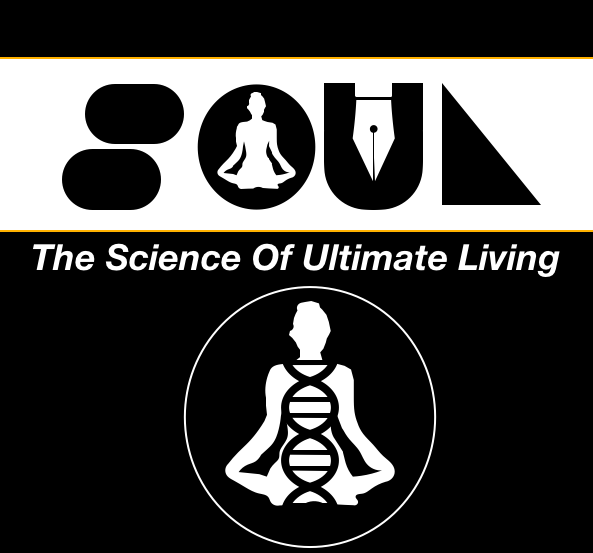
The long walk
Have you watched Planet of Apes? That world was once very much possible. There was a time when we shared our planet with other smart apes who made, tools, wore jewellery and cloths, and probably even talked with each other. We competed with them for food and shelter.
The story of human origins is an exciting and complex one! Our earliest ancestors can be traced back to East Africa, where fossils from Ono Kibish and Herto reveal evidence of modern humans living around 160 to 195 thousand years ago. Genetic studies support this evidence, but more discoveries have since been made that add to this fascinating tale.
In recent years, researchers have uncovered modern human fossils from Jabel Irhoud, dated to around 310,000 years ago, indicating that there is much more to learn about our ancient past. However, the journey of modern humans out of Africa is still a matter of debate among scholars.
Genetic studies suggest a single dispersal of modern humans from Africa during a period around 60,000 to 50,000 years ago. However, archaeological evidence contradicts this theory, suggesting multiple dispersals that began much earlier.
Recent genetic evidence from Papua New Guineans suggests that around 2% of their genome comes from a human population that predates the 60,000-year expansion. Stone tools similar to those used by modern humans have also been found in Jawalapuram below the the Toba Super-Eruption ash marker that happened 74-72,000 years ago.
Some researchers believe that the initial dispersals were of small groups of foragers during Marine Isotope Stage 5 (MIS 5) dating between 130,000 to 80,000 years ago. A larger population migrated during the MIS 3 period, around 60-50,000 years ago.
While we find evidence from Jawalapuram that these original Indians survived the Toba eruption, the environment after the eruption was tough. It was not only cold and dry, the vegetation cover was reduced and drinking waters became polluted. Their already thin population must have become thinner.
MIS 3 migration happened after the Toba eruption. It must have been a population of 3000-10,000 individuals. All modern humans can trace back their genetic lineage to only these group of individuals, forming a genetic bottleneck. These individuals were technologically more advanced and thus demographically more successful.
There were two possible paths that early humans may have taken from Africa to Asia. The first involved crossing the Bab-Al-Mandab, a short path that required ferrying across a strait. The second, longer path involved traveling through the land corridor of the Sinai Peninsula and then following the coast into peninsular India. People who took this route would have needed to be experts in using marine resources to survive in this environment.
As the modern humans spread through the globe they came in contact with other homnin groups who were already present there. How did they interact with them? Modern humans with their advance weapons and better communication skills won the competition for common resource and probably drove the rest to extinction, just like they did to the humans who migrated during MIS 5. That’s the reason only we survive today. Apart from competition there were probably collaborations and exchange of not just ideas but genes. Humans have mated with Neanderthals, Denisovans and other archaic humans, as evident from the fact that around 1-6%of their DNA is present in us.
Overall, the story of human origins is a fascinating and ever-evolving one, with new discoveries and theories emerging all the time. It is a story that continues to captivate researchers and the public alike, and one that we will undoubtedly learn more about in the years to come.

